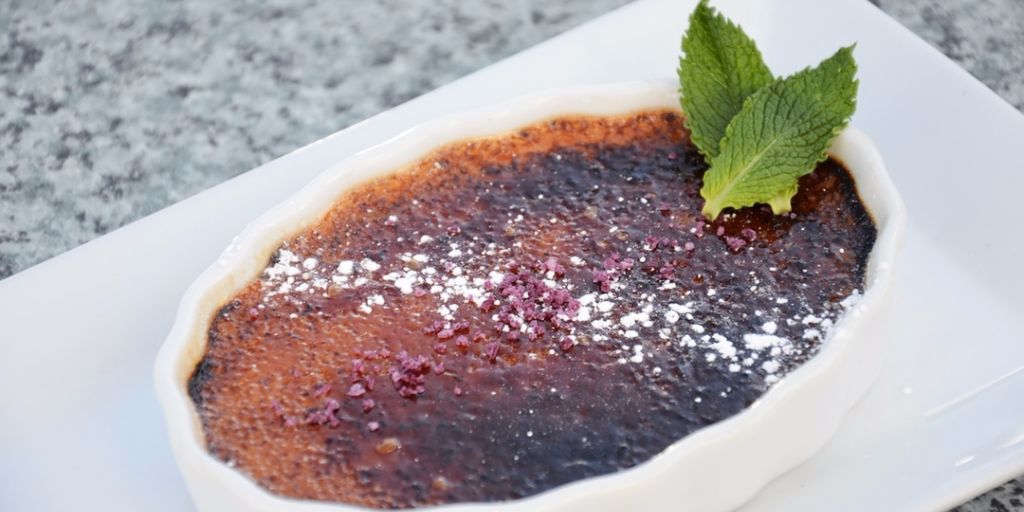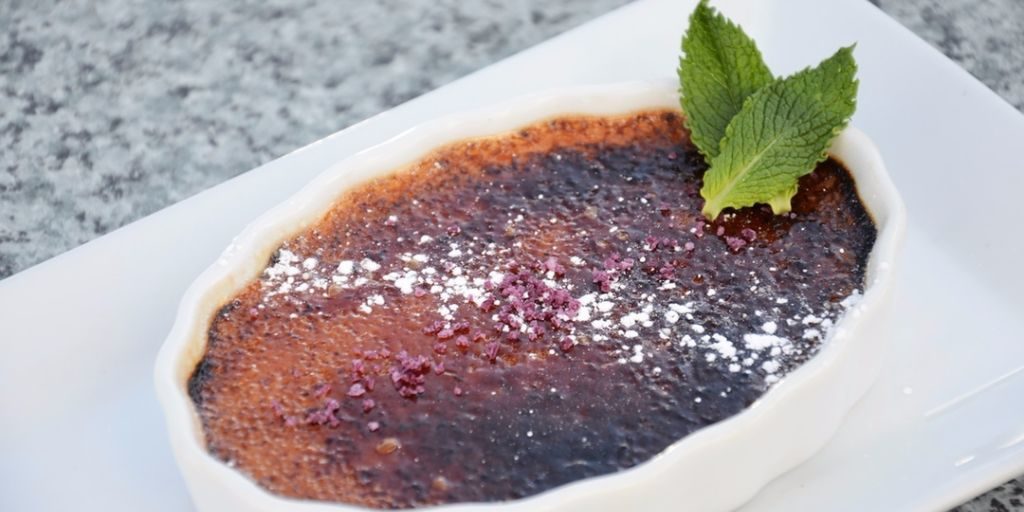Restaurant sell a meal experience ie a quality meal experience. A meal experience is an intangible quality strategy is an attempt to tangabalise the meal experience by giving it structure, form, prescription.
Restaurant Quality
The pursuit of quality is a strategic choice for any organisation. Its an inward looking process to ensure that customer requirements are met.
The pursuit of quality impacts not just the product the restaurant sells but the overall inherent value of the organisation.
The evolution of quality is slow, tedious and even tiresome but the progress is permanent. Its is to be recognised that quality growth is not a linear growth but is a series of plateaus ie there is growth and then plateau and then disenchantment and then there is growth again.
Quality is free!!
So how does one go about it.
There are essentially three parts.
The quality framework
The quality management system
The product characteristics.
The quality framework refers to which standards you are applying. Its better to adopt a standard than try creating one your own. There is Malcolm Baldrige, Tata Excellence Model, Six Sigma and ISO 9000. I recommend ISO 9001:2008 model. ISO 9000 is essentially good business practices which are diligently applied.
The quality Management system
This refers to your interpretation of the standards. Its talks of the system you will use to ensure that customer requirements are met.
Product characteristics
The essence of your product defined by you and your customers.
You want the food to be tasty, how do you ensure it, how do you measure it.
ISO 9000 defines what the system should be but does not tell you what the product characteristics. This is the basis of all criticism for these quality standards.
Lets look at it this way, if you do not determine what the customer wants and do a lousy job defining what attributes the customer is looking for and then you do not define methods to ensure that the quality of your products and service. You will fail.
Quality has many meanings. Some of them are
1. Performance to customer expectation
2. Fitness for use
3. Conformance to specification
1. Performance to customer expectation. This essentially means quality is determined by what the customer wants. This statement recognises that there is a variability in customer wants and needs. In a restaurant it recognises that you need to be flexible to your customer needs. Ever heard of restaurant where the chef insists that there will be no ketchup or no salt. God forgive the guests who ask for salt. The guest need salt , give it to him. Denying him is poor quality. When you evaluate customer satisfaction , one of the key questions you need to ask is that did your food , beverage service or any other attribute meet his expectation. Expectation a driver of satisfaction. Satisfaction is an emotional response not a factual one.
2. Fitness for use. This is good enough for me. A high end restaurant and an inexpensive restaurant are both good quality as their customer says its fit for my use.
3. Conformance to specification : any customer care program or a quality program must have specification. Food will be served in 15 minutes, sambhar will be served at 83 C. Chicken will be 130 grams. These standards help you achieve quality. However, if your customers tell that this does not meet their expectation, be prepared to change them. Note that you can change only when you know where you stand. How ill you handle complaints of portions isize of pasta is less, if you do not have standard or control tool to ensure the standard.
Quality is attainable. Not easy but not impossible.
However, you do not need to change, survival is not compulsory!!
To your success.



